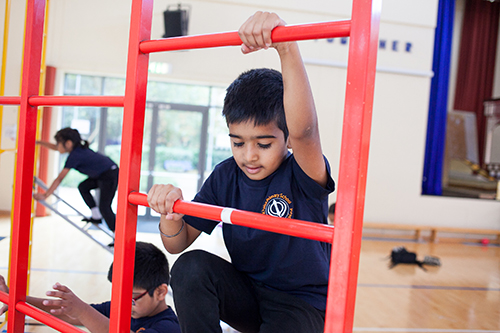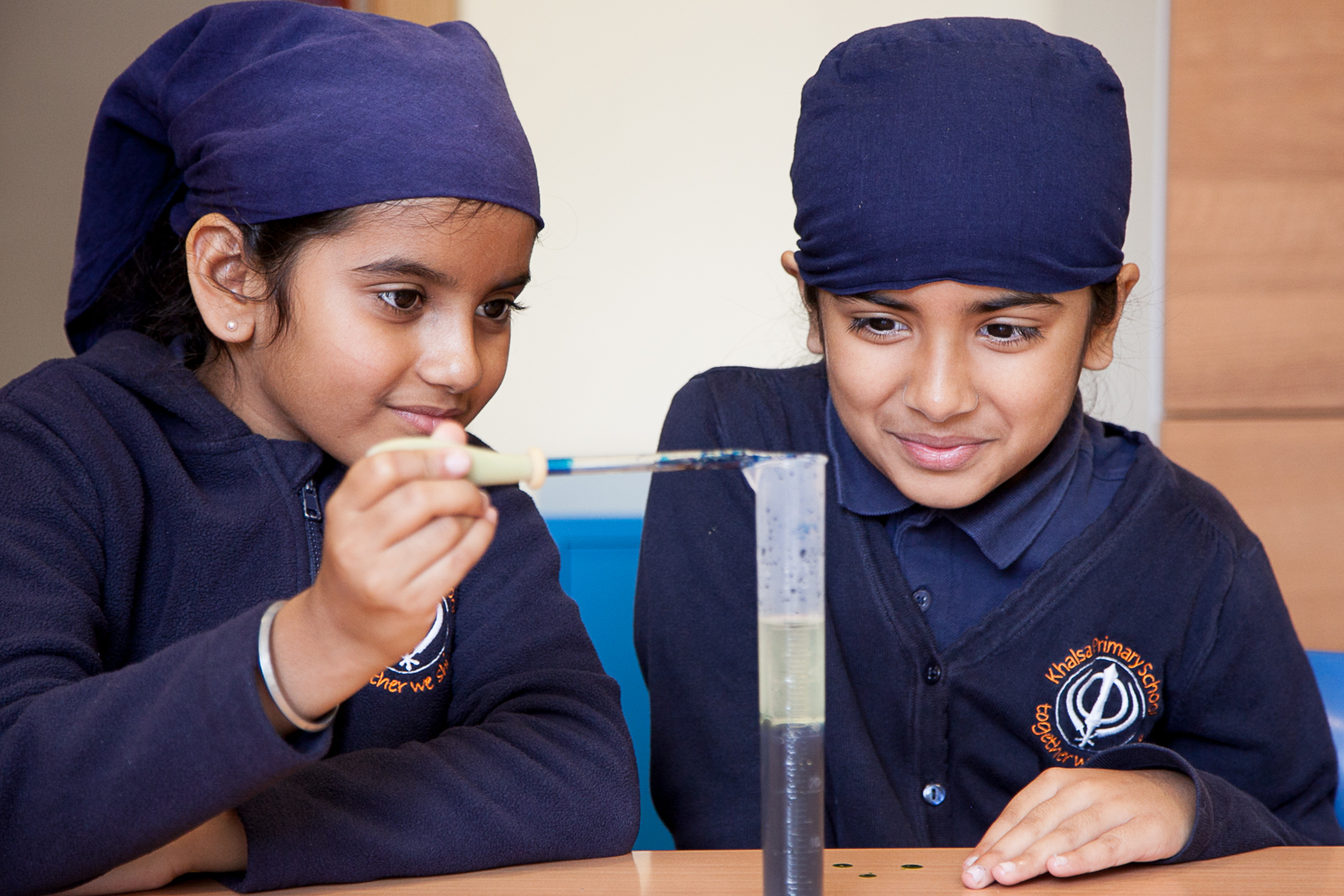Phonics at Khalsa Primary School – an overview
We at Khalsa Primary School use ALS Phonics: Letters and Sounds scheme of work which provides a solid and continuous approach to the teaching of systematic synthetic phonics in Nursery, Reception and Key Stage 1. Validated by the Department for Education (DfE) and based on the principles of Letters and Sounds, it offers training, guidance and resources to support schools in the delivery of a successful and complete phonics programme.
It is split into 5 phases with the different phases being covered in different years in Foundation Stage & Key Stage 1.
- Phase 1– Nursery / Reception
- Phase 2– Reception
- Phase 3– Reception
- Phase 4– Year 1
- Phase 5– Year 1/2
The information below will give you an idea of what is expected at each level.
Phase 1- Lies mainly within the areas of communication and language and literacy within the Early Years Foundation Stage. It is the base for all subsequent phonic learning. Children will develop listening skills and phonological awareness in mainly adult-led activities, which will be consolidated and reinforced within the language-rich environment and child-initiated learning. This is underpinned by helping children to tune into sounds and discriminate between speech sounds. They will learn to alliterate the initial sound of words and blend and segment words orally.
Phase 2-Phonics teaches the children the phoneme-grapheme correspondence of the first 19 letters. Using these letters, children will learn to blend and segment and will learn to read vc and cvc words. At Phase 2, children will develop the skill of writing words or making words with magnetic letters/tiles with these initial graphemes.
Phase 3-Introduces 25 new graphemes, including some long vowels. These graphemes consist of consonant diagraphs (ch, sh, ng), vowel diagraphs (ai, ee, oa) and vowel trigraphs (igh, air, ear). Children will learn to blend these graphemes for reading in one-syllable and two-syllable words. During Phase 3, children will practise writing and making words with consonant digraphs, vowel diagraphs and vowel trigraphs. Children will also learn to read and write captions and sentences with these letters. A rhyming element has also been incorporated into the Phase 3 long vowel lesson plan to ensure that all children can recognise and generate rhyming words by the end of Reception.
Phase 4-Is to consolidate children’s knowledge of phonemes and graphemes in the reading and writing of words of increasing length and complexity containing short vowels, long vowels and adjacent consonants. No new graphemes are introduced at this stage. Children will practise previously learnt graphemes and learn to blend and segment words with increasing automaticity. As children become more proficient in their blending and segmenting of polysyllabic words, their confidence and independence as a reader will grow too. At Phase 4, children continue to learn to read and write sentences using one or more high-frequency words, words of varying length and complexity and words containing adjacent consonants.
Phase 5-Is where children broaden their knowledge of graphemes and phonemes to apply in their reading and writing. They will learn new graphemes for graphemes they already know and will learn alternative pronunciation for some graphemes they have learnt previously.
During Phase 5, children will learn to read words with alternative pronunciation of graphemes and words with two and three syllables. Children will learn to choose the appropriate grapheme when writing words and learn to write two-syllable words, three-syllable words and polysyllabic words.





